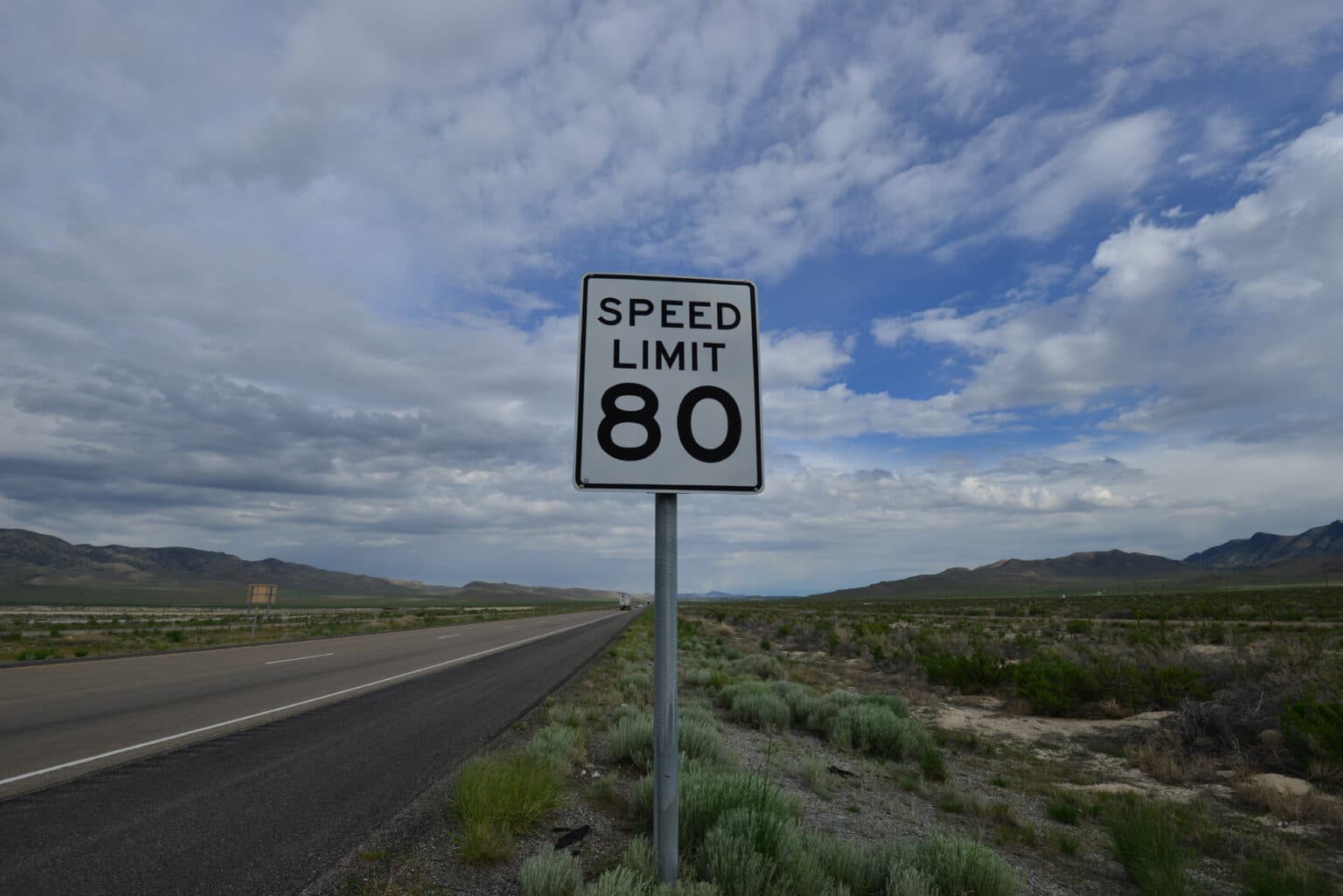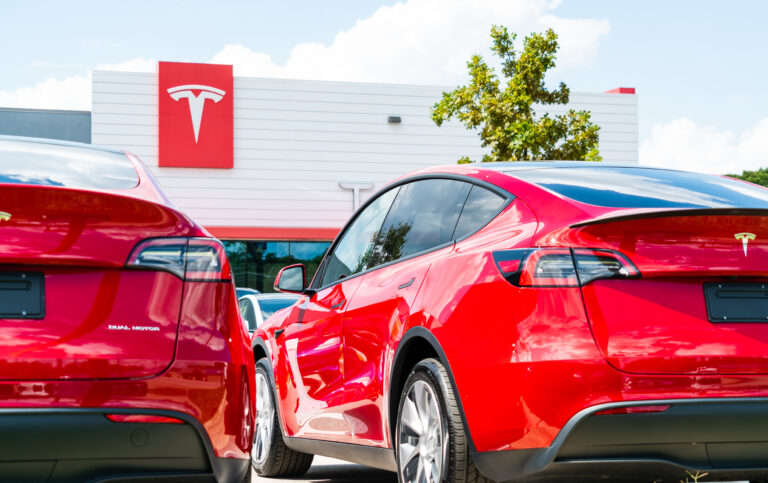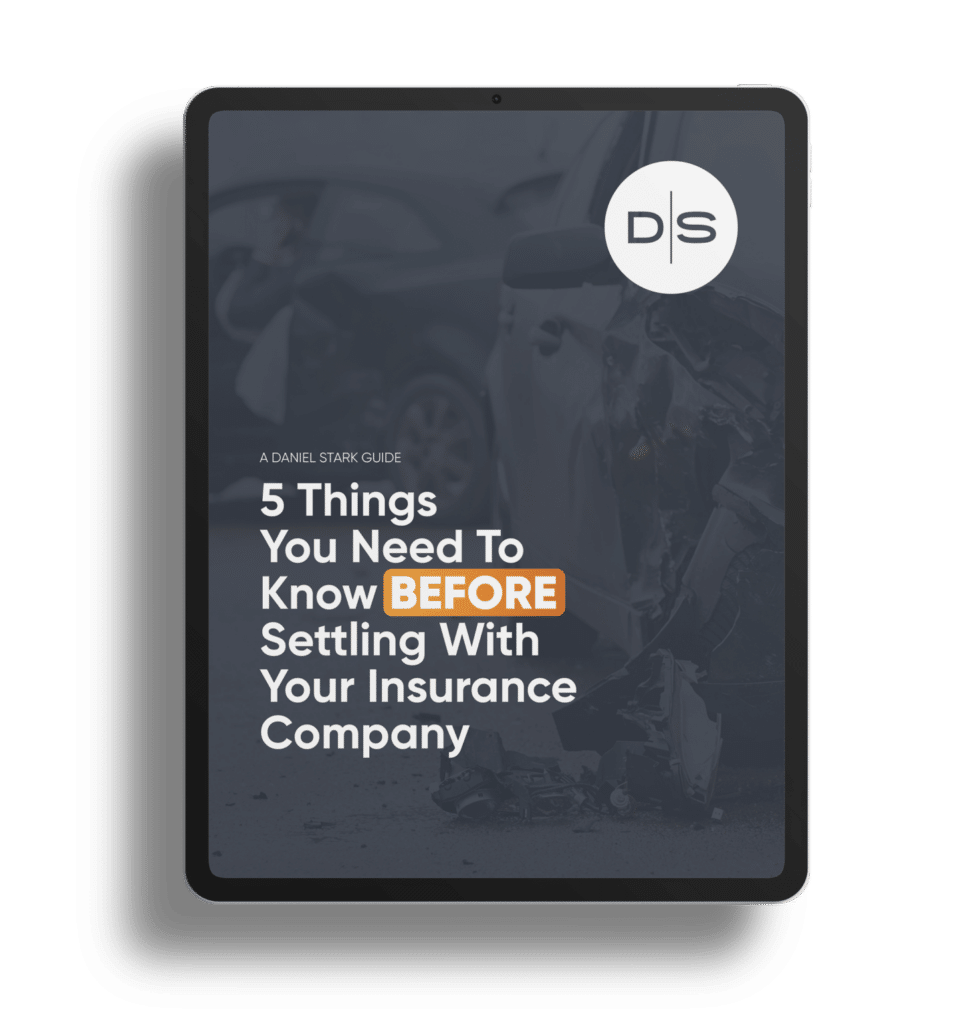Speeding is the leading cause of car collisions in the Lone Star State, with over 162,000 crashes and 1,469 fatalities linked to excessive speed in 2022 alone. One-third of all roadway crashes in Texas last year were caused by speeding, as roadway deaths across the United States reached record high levels.
The number of speed-related crashes in Texas could be linked to road construction and speed limits in the state.
Why do Texans drive so fast?
In Texas, you can drive 80 mph on certain roads and still be going under the speed limit.
Texas is the only state in the country with an 85 mph speed limit, but given the vast size of the state, traveling from one place to another within the state can take hours. These higher speed limits are primarily found in rural areas with wide-open spaces to accommodate faster travel times.
Texas, like many other states, sets speed limits on roadways using the “85% rule.” This rule determines the speed limit based on the speed at which the 85th percentile of drivers is traveling.
However, these higher speed limits may not necessarily hurry traffic and can potentially result in more vehicle collisions. Increasing speeds significantly increases the risk of fatal crashes, with a 10 mph increase doubling the chance of death in a crash.
Recent years have also seen a rise in pedestrian and bicyclist fatalities in Texas, possibly due to road design that prioritizes fast-moving vehicles.
Texas cities have the option to lower certain limits, such as school zones or in an area with lots of pedestrians. However, many drivers tend to travel at speeds they are comfortable with, regardless of the posted speed limit. Setting low speed limits can lead to more variations in vehicle speeds, causing conflicts on the road.
How can you drive safely on Texas roads?
Speeding may seem to get you to your destination faster, but it greatly increases the risk of crashes and injuries.
Excessive speed doesn’t just refer to driving above the posted limit; it also means adapting your driving to the road conditions, such as construction zones or bad weather.
We recommend allowing some distance between your vehicle and the one ahead, especially in heavy traffic. This will give you additional time to brake and react to potential hazards. In addition, keep an eye out for signs indicating upcoming changes in the speed limit so you can adjust your speed accordingly.
Also, it’s essential to understand that passing lanes are not intended to be used as fast lanes in Texas. Many drivers mistakenly believe that the left lane is a “fast lane” where they can speed past other vehicles to save time. In reality, lingering in the left passing lane for longer than necessary can result in being pulled over, receiving a ticket, and facing fines.
What to do if you’re involved in a collision?
Even when you take precautions on the road, speed-related collisions can still occur. If you find yourself involved a crash caused by speeding and someone else’s negligence, you may be able to recover the full value of your injuries and losses.
Whether it’s property damage or an injury resulting from a speeding driver, don’t hesitate to seek the assistance of an experienced personal injury attorney who can guide you through the legal process.










